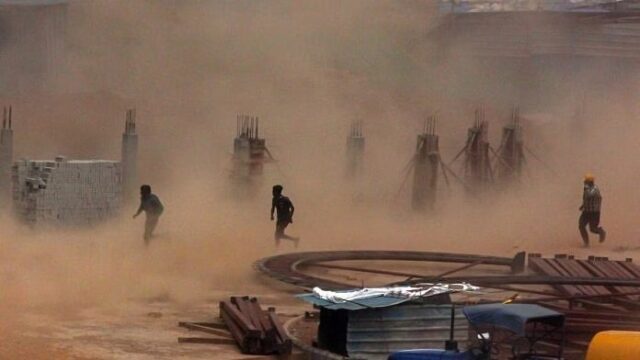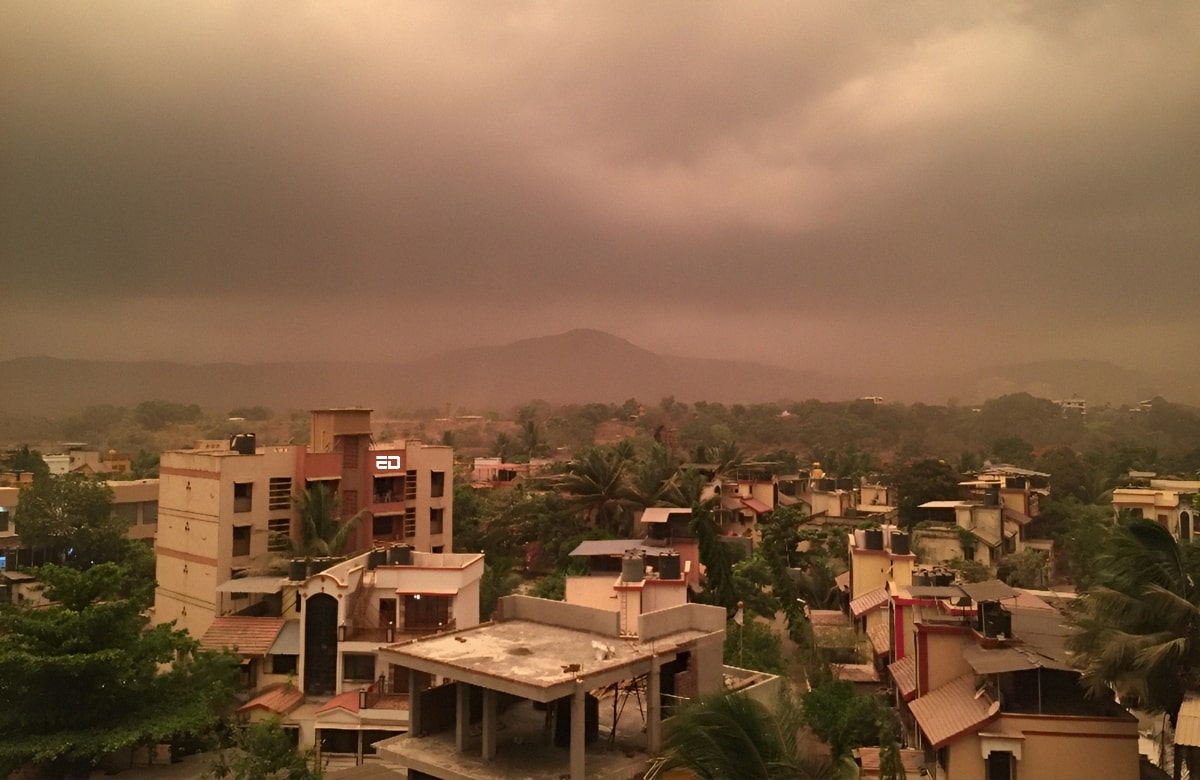The 13th Sustainable Development Goal (SDG) calls for urgent action to combat climate change and its impact. The 17 SDGs adopted by the members of the United Nations are a call for action by all countries, be it poor, rich or middle-income, to promote prosperity while protecting the environment.
191 countries, including India, have committed to the SDGs, but no country has fully achieved all 17 goals. Developed nations have made more progress than developing and underdeveloped countries.
India is facing similar challenges and is lagging by a significant stretch (30 years) in achieving the targets it was meant to accomplish under the Sustainable Development Goals (SDGs) by 2030. As such, a lot needs to be done to bridge this gap to achieve our targets within the committed time frame. However, climate change is worsening with every passing day, and we are the only ones to blame.
It is common knowledge that excessive heat waves, unseasonal rainfalls, famines, and droughts are products of the negative impact of climate change. Violent dust and sandstorms are relatively new to this list and are becoming more common today, taking a toll on various places. Here’s everything you need to know about them.
What Is A Dust Storm?
The news of a violent dust storm creating havoc in Mumbai for the past three days is making the headlines. On one hand, it provided relief to the residents after severe heat, while on the other, it killed 14 and injured many, after a 120-foot-long metal billboard collapsed.

A dust storm is an ensemble of dust or sand particles that are energetically lifted by strong and turbulent winds to great heights. Depending on the wavelength of the winds and dust storms’ strength their consequences could range from destroying property to causing health problems.
Dust storms have the power to lift and carry very small particles. These minuscule particles can easily enter the respiratory tract and go very deep in our system, including the lung tissues. These can cause a zillion issues such as allergic reactions, asthma attacks for the ones already suffering from respiratory disorders, irritation in the eyes, and a lot of others.
Apart from causing health problems, these storms can also damage property and are harmful to agriculture and marine life as well.
A case in point of other issues that dust storms can cause includes the operational delays of aircraft in Delhi last week. On May 10, a severe dust storm hit Delhi, resulting in flight delays and other problems. Although the intensity in Delhi was much less than that in Mumbai, the people were still vulnerable.
Also Read: ResearchED: Here’s How The Supreme Court Grants Citizens A ‘Right Against Climate Change’
Why Are Dust Storms Growing?
Dust storms are growing at a rapid pace, and climate change is the primary perpetrator shifting the brunt of causality on humans. However, global warming isn’t just spelling trouble for the man-made world, it’s also disrupting the balance in nature and its fragile ecosystem.
Rising temperatures and droughts reduce soil moisture, thus disrupting the carbon shrinks of nature, and increasing the likelihood and severity of dust storms. The situation is very much likely to worsen until we take immediate action against it. The ongoing heat waves in most parts of the country have increased the use of air conditioners to unprecedented levels.
The United Nations Food and Agriculture Organization (FAO) says high air temperature, minimal precipitation and strong winds act as drivers of this catastrophe. According to the United Nations Convention to Combat Desertification (UNCCD, human activities contribute 25% of global dust emissions, with agriculture being the main anthropogenic source.
The world’s drylands are the main source of sand and dust storms. Other sources include abandoned cropland and the improper consumption of water in agriculture that further shrinks water bodies leading to an increase in sand and dust storms.
Doubtless, actions are being taken by the government to convert into a green economy, but that has still to go hand in hand with the reduction in the use of polluting resources such as fossil fuels and coal, otherwise, the counterbalance effects lead to the wastage of resources.
For example, while we are shifting to the use of electric vehicles, solar panels and hydroelectricity, other projects such as the one by the state-owned THDC India Ltd, are targeting to start coal-based power plants by this year.
Therefore, dust storms will likely get more frequent from now on, owing to the increased use of pollution-causing things, in both households and government projects.
To bring about a real change and meet all the promises, significant steps have to be taken, that make India a greener and environmentally safe economy, equitably and fairly.
Image Credits: Google Images
Feature image designed by Saudamini Seth
Sources: Y20, United Nations, The Tribune
Find the blogger: Unusha Ahmad
This post is tagged under: SDG, UN, developed countries, 2030 agenda, climate change, sandstorm, dust storm, Mumbai, Delhi, UNFAO, UNCCD THDC India Ltd
Disclaimer: We do not hold any right, or copyright over any of the images used, these have been taken from Google. In case of credits or removal, the owner may kindly mail us.


































